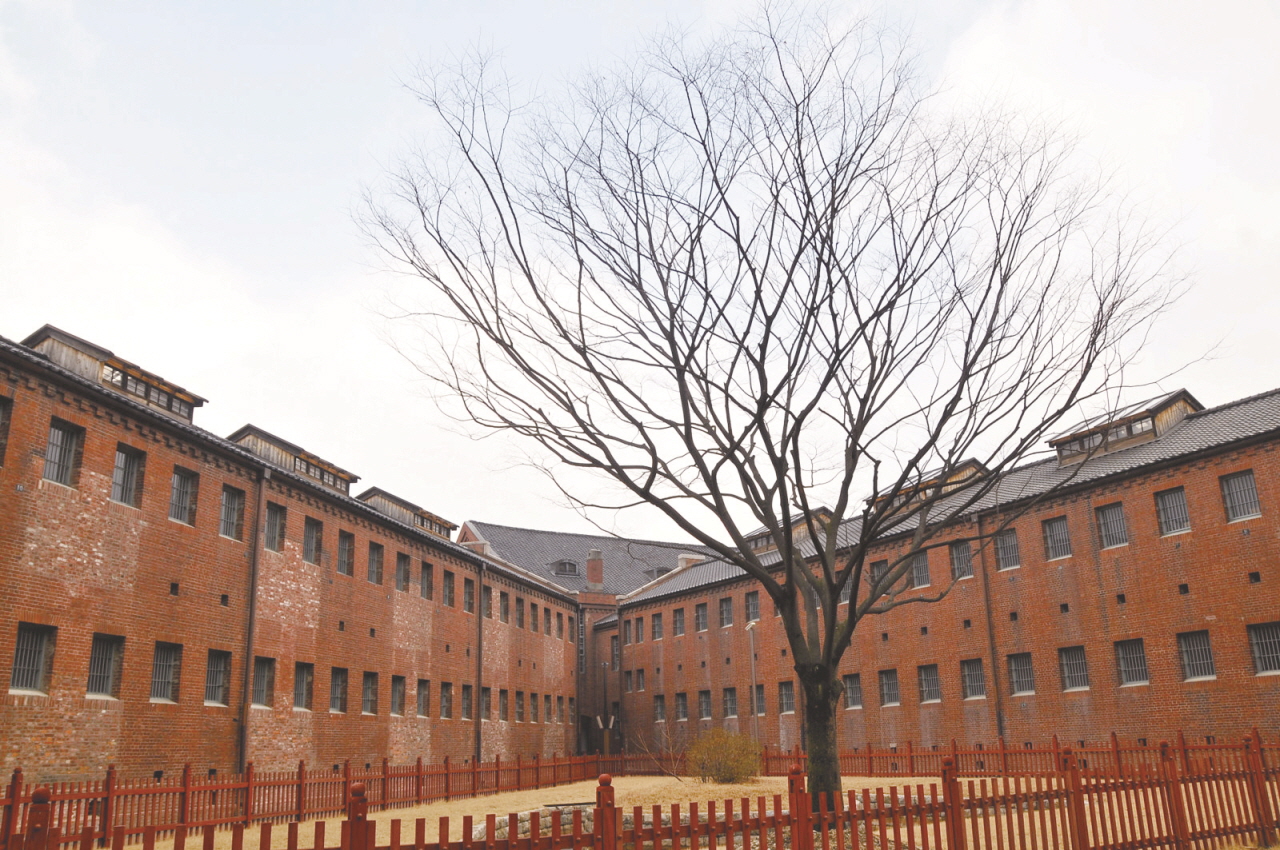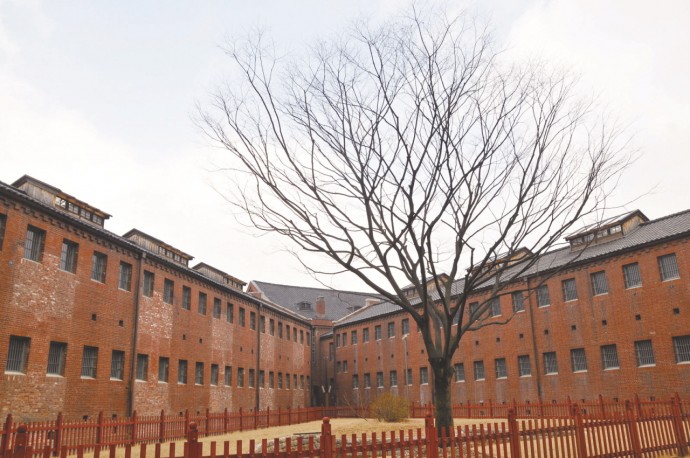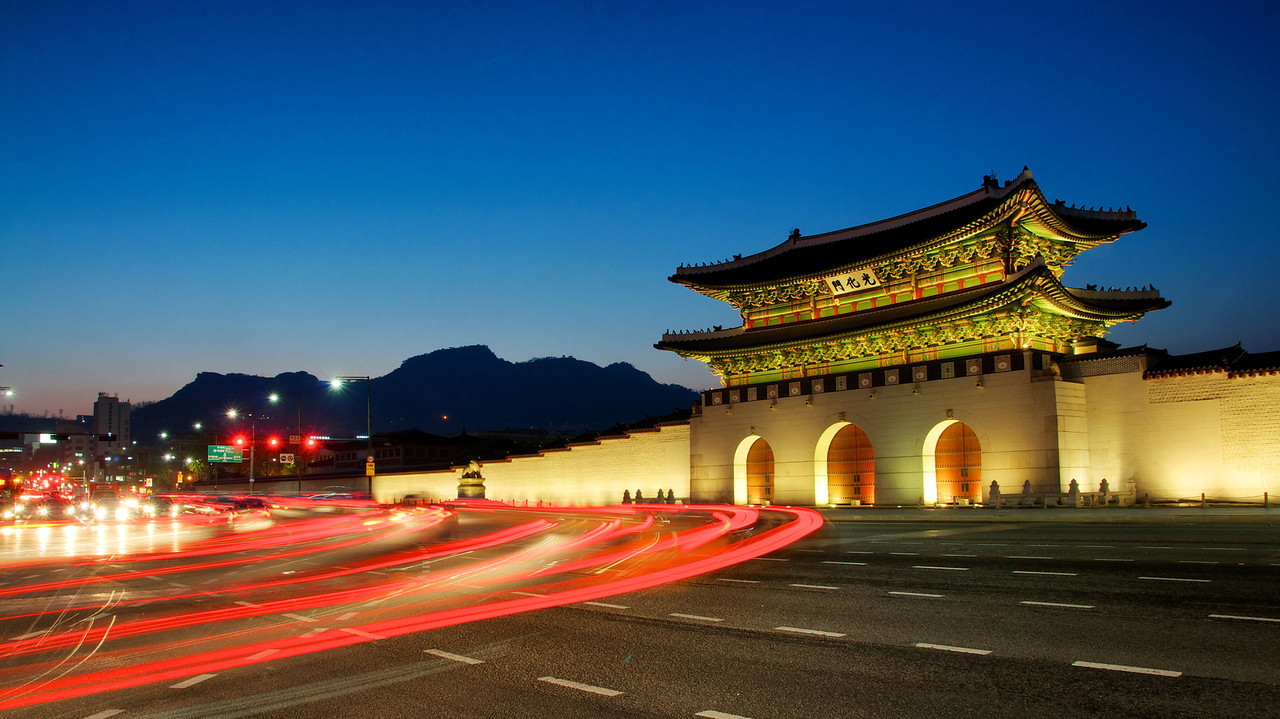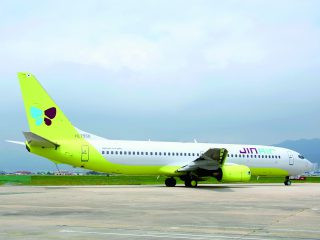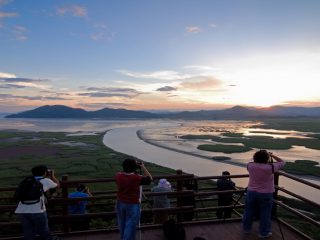Explore the movement’s legacy with a visit to Dongnimmun.
Seoul’s modern history is a tumultuous one, but the city keeps her scars well hid beneath hard-earned layers of development and success. There are some areas, though, where you can still get a glimpse of the troubles the capital and its people have been through.
Just south of Dongnimmun Station are the large gray stones of the eponymous Independence Gate. The triumphal arch was constructed in 1897 on the former site of a different gate, Yeongeunmun, where envoys from the suzerain Ming and Qing dynasties of China were once received. Soon after the First Sino- Japanese war ended the gate was demolished and Independence Gate was completed under the supervision of activist Seo Jae-pil.
True freedom proved elusive, however, as the peninsula fell under Japanese rule in 1910, a period put into stark relief by the adjacent Seodaemun Independence Park, within which sits Seodaemun Prison History Hall. Built by the Japanese, the prison was opened in 1908 with a design meant to hold 500 inmates. By 1919 it held 3,000, and in the 1930s it was expanded by a magnitude of 30 from its original 1,600 square meters in order to accommodate the explosion in arrests of Korean independence activists.
Visitors take a self-guided tour that wends past an overview of imperialism in Korea, the prisoners’ quarters, displays of torture and interrogation techniques, and an entire room covered floor to ceiling in the humbling sight of 5,000 mug shots of killed independence activists.
In a rather disorienting contrast with the horrors that once occurred here, the grounds of the prison are beautiful. The stately red brick buildings set off the bright green grass, and the entire complex is surrounded by hills that are often shrouded in mist, foremost among these the rising peak of Mt. Inwangsan.
Seoul’s holy mountain
Mt. Inwangsan, northeast of the park, is Seoul’s most spiritual mountain.
Traditional shamanism was once the predominant belief system on the peninsula, and while its beliefs and practices may be hard to reconcile with modern life, it has by no means died out. Guksadang, the burgundy wooden shrine with emerald trim on Mt. Inwangsan’s lower slopes, is the country’s most important shamanist shrine. Said to house the spirit of King Taejo, founder of the Joseon Dynasty, the shrine was rebuilt here after its original Namsan location was destroyed by the Japanese in 1925. Traditional rites, called gut, are frequently performed here, to do everything from pray for a bountiful harvest to memorialize a loved one.
50 meters from Guksadang is Seonbawi, often Romanized as the Zen Rocks. The rocks are a popular spot for women to visit to pray for a child, though they’re also a good place to simply pause on your way up the mountain and catch your breath, as the dozens of pigeons acrobatically perching on the rock face seem to do. A hike to Seonbawi is rewarded with magnificent views across the city, taking in Namsan, Jongno Tower, and the folds of mountains ringing the city. It’s a peaceful vista, and one that lets you take leave of Korea’s relentless modernity for a while to reflect on the past.
Exit 2 Mt. Inwangsan, Guksadang, and Seonbawi
Exit 4 Independence Gate
Exit 5 Seodaemun Independence Park & Prison History Hall
Hours
Mar—Oct: 9:30-18:00; Nov—Feb: 9:30-17:00;
Closed Jan 1, Seollal, Chuseok, and Mondays
(Tuesday if Monday is a holiday)
Admission
Adults: KRW 1,500; Teenagers: KRW 1,000; Kids 7—12: KRW 500
Written and photographed by Charlie Usher & Elizabeth Groeschen

